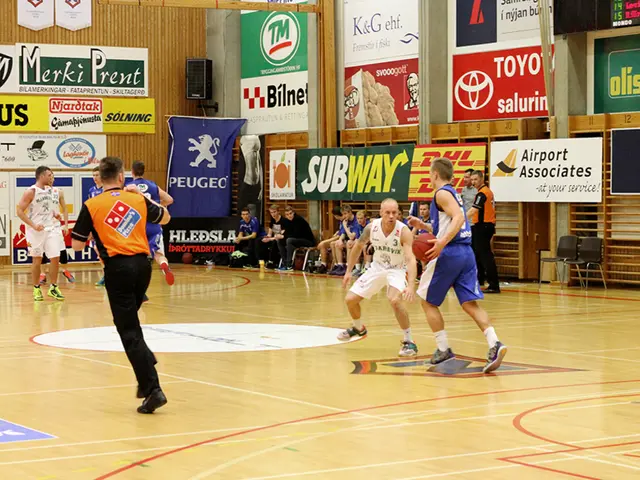European gamblers benefited from enhancements made by mathematicians
The Evolution of Gambling: A Historical Perspective
In 18th-century Britain, the gambling landscape underwent dramatic transformations as games adapted and new betting systems emerged, captivating players and fueling profitability. This tale unfolds through the lens of Montana University's history professor, John Eglin, penned for The Conversation.
Though mathematicians Jacob and John Bernoulli proved the "golden theorem" (the law of large numbers) in 1713, businessmen initially disregarded the groundbreaking discovery. Even when Abraham de Moivre, a popularizer, illustrated the concept using gambling examples, it took time for the industry to adapt. The principle wasn't overly complex: if a coin is tossed 10 times, the difference between heads and tails can be substantial. But, if it's tossed 100 or 1000 times, the ratio becomes equal or close to equal. The slight advantage for the house allowed it to amass all the winnings, a fundamental principle underlying the classic game of roulette. Players bet on either black or red, with good chances of winning, but luck ultimately chooses "zero" with 19 spins, favoring the casino. With 200 spins, the house takes the entire pot.
Despite its eventual popularity, roulette wasn't an immediate hit. In the early 18th century, games with low winning odds, such as the "Royal Duel" lottery in Britain, were popular. The winning number was determined by a 32-sided cube, and players bet on a single number, a combination of two or four numbers, with the best odds being 1 in 7. Another low-odds game was Faro. Both were profitable but were eventually banned due to regulatory concerns about the clarity of winning chances.
As entrepreneurs finally grasped the implications of mathematical discoveries, they invented letter-based games to bypass the ban on number-based games. In the 1740s, roulette EO, with a wheel featuring 40 slots with E or O, was in vogue. With two empty slots, the casino ensured its wins. Lottery defenders argued that the chances of winning were now evident to any player, though the casino's advantage remained a separate issue. Despite attempts to ban the game, gamblers successfully defended their creation.
Entrepreneurs soon realized that high chances attracted more players, encouraging them to invest more money in the game. The rules of popular pastimes began to change. For example, fans of biribi, a popular French game, initially bet on any number from 1 to 72, and the winning number was drawn at random. Over time, other options emerged, including betting on a range or sticking with black or red, the latter offering higher odds.
By the mid-18th century, the gaming business had evolved from a casual tavern pastime into a powerful industry. Although it faced a wave of bans in the mid-19th century, this marked a different stage in its evolution. This period established core gambling mechanics — promotional strategies, secondary betting markets, and public-private funding partnerships — that live on in the modern gaming industry today.
- In the 1713, though mathematicians like the Bernoulli brothers proved the golden theorem, its implications were initially disregarded by the gambling industry.
- The theorem, illustrating the concept of probability using gambling examples, would take time to be fully adapted by the gambling industry.
- In the early 18th century, the gambling industry was characterized by games with low winning odds such as the "Royal Duel" lottery and Faro, which were eventually banned due to regulatory concerns.
- In response to the ban on number-based games in the 1740s, entrepreneurs invented letter-based games like roulette EO, which featured a wheel with slots for E or O and ensured the casino's advantage.
- With the evolution of games like biribi, players were eventually given more options, such as betting on a specific range or sticking with black or red, the latter offering higher odds.
- By the mid-18th century, the gambling industry had transformed from a casual pastime into a powerful and influential force, setting the stage for modern trends in casino games, finance, fintech, and the gambling industry as a whole.








